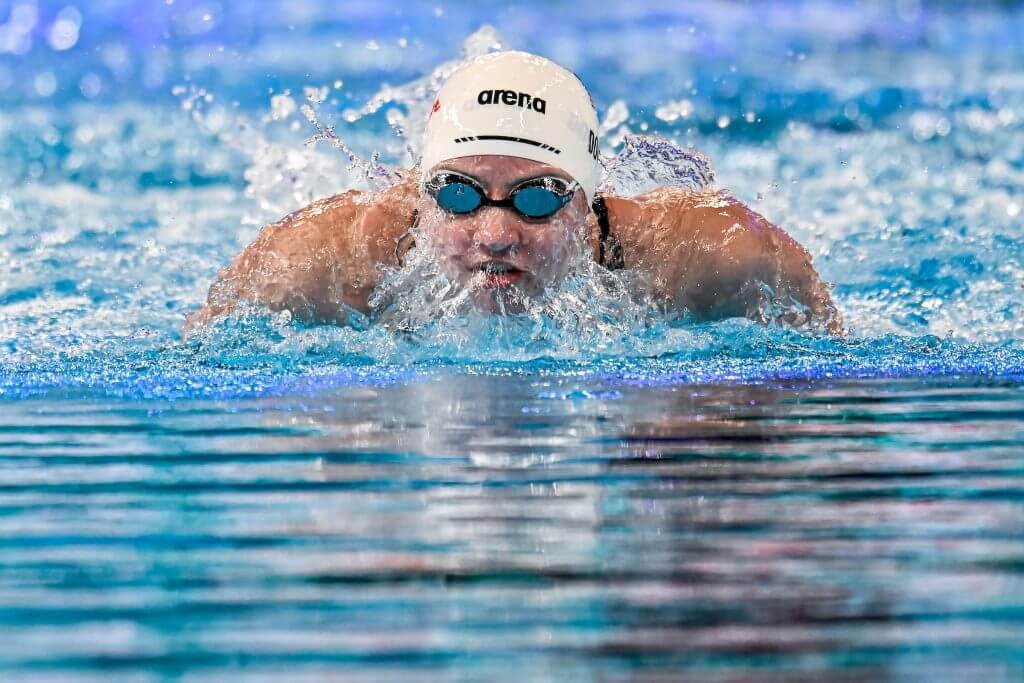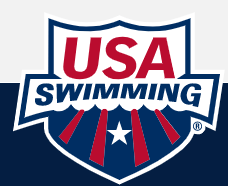Kate Douglass Heads to Olympic Trials as Cover Model … for Mathematics Journal

Kate Douglass Heads to Olympic Trials as Cover Model … for Mathematics Journal
Olympic swimmer Kate Douglass has graced the cover of many a magazine, one in particular that comes to mind out this month.
But the 15-time NCAA champion added a new honor this week: The cover of an academic journal.
Douglass is on the cover of the summer 2024 edition of The Mathematical Intelligencer, a collection of 19 academic papers that includes research she and teammates at Virginia conducted into quantitative analysis of swimming performance.
Douglass, who graduated in 2023 with a degree in computer science, is one of five authors on a paper titled, “Swimming in Data,” first published in March. A full version of the paper is available to view here.
Douglass is the lead author, along with fellow UVA swimmers August Lamb and William Tenpas. They were assisted by Jerry Lu, now at MIT’s Sloan School of Management, and faculty mentor and collaborator Dr. Ken Ono.
Ono has worked with a plethora of top swimmers at UVA, including Olympians like Alex Walsh, Gretchen Walsh and Paige Madden, to improve their performance via quantitative analysis of minute details of their stroke and race plans. (In turn, many like Douglass have gained experience as researchers and had the chance to be published.) They’ve used that insight to improve their times and craft international race plans, working hand in glove with coach Todd DeSorbo. Ono’s interest in swimming performance began when he was at Emory, where his son Sage Ono was a top swimmer for the Division III school, and one of the early proponents of the analysis was Olympian Andrew Wilson.
Their work includes the creation of “digital twins” to analyze performance down to the millisecond.
“They allow us to make recommendations that immediately improve technique, offer suggestions for race strategy, and point to long-term aspirational goals—all in pursuit of the optimal race,” the authors write. “In terms of technique, we are able to digitally identify an athlete’s comparative strengths and weaknesses without having to hold an actual live race.”
Ono, Alex Walsh and others spoke at length to Swimming World last year about what their work entails and provided insight into the methodology. Douglass’s streamline glide in breaststroke, which is what she’s pictured performing on the cover, is one of the test cases that the authors use to illustrate their methods.

- PSYCH SHEET
- HOTEL INFORMATION
- LIVE RESULTS
- MEET INFO
- TV SCHEDULE
- DAY 1 PRELIMS RESULTS
- DAY 1 FINALS RESULTS
- DAY 2 PRELIMS RESULTS
- DAY 2 FINALS RESULTS
- DAY 3 PRELIMS RESULTS
- DAY 3 FINALS RESULTS
- DAY 4 PRELIMS RESULTS
- DAY 4 FINALS RESULTS
- DAY 5 PRELIMS RESULTS
- DAY 5 FINALS RESULTS
- DAY 6 PRELIMS RESULTS
- DAY 6 FINALS RESULTS
- DAY 7 PRELIMS RESULTS
- DAY 7 FINALS RESULTS
- DAY 8 PRELIMS RESULTS
- DAY 8 FINALS RESULTS
- DAY 9 FINALS RESULTS
- FULL RESULTS BOOK




I really loved reading this paper. It made me feel nostalgic for my time as a competitive swimmer and reminded me of my swim coaches growing up. While we didn’t have this technology, they emphasized a number of the things written about – being faster underwater/off turns, having a great streamline, having great finishes, etc.